Researchers in China have discovered a dinosaur tail complete with its feathers encapsulated in a piece of amber.
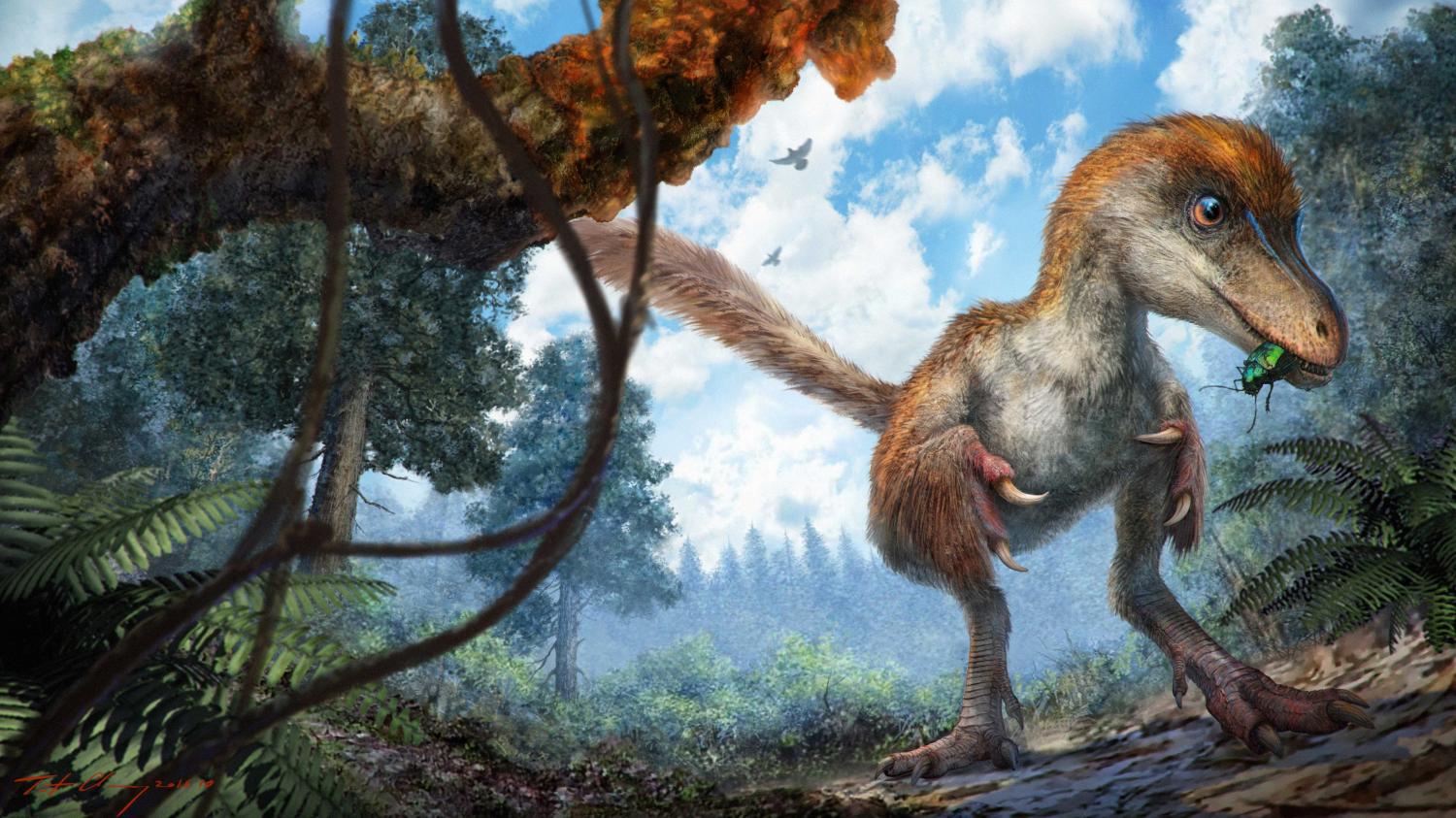
It’s as if taken directly from Michael Crichton’s Jurassic Park, truly a story made for Hollywood, only this is reality. Amber is often prized for its golden beauty, but certainly also for the tiny creatures it can contain and preserve in pristine condition throughout the ages.
The spring feathers in this lump of amber are so detailed that they can even inform us of what color the dinosaur tail once had. It was probably chestnut brown on the upper side and pale white on the underside.
These dinosaur feathers are not the first to be found. But what makes this finding so unique is that they have been preserved in three dimensions and also that previously found feathers has not been accompanied by any part of the body and therefore been difficult to link to any particular animal.
These feathers, on the other hand, remains attached to a piece of tail – which says a lot more about the animal that once wore them – walking the Earth during the mid-Cretaceous period.
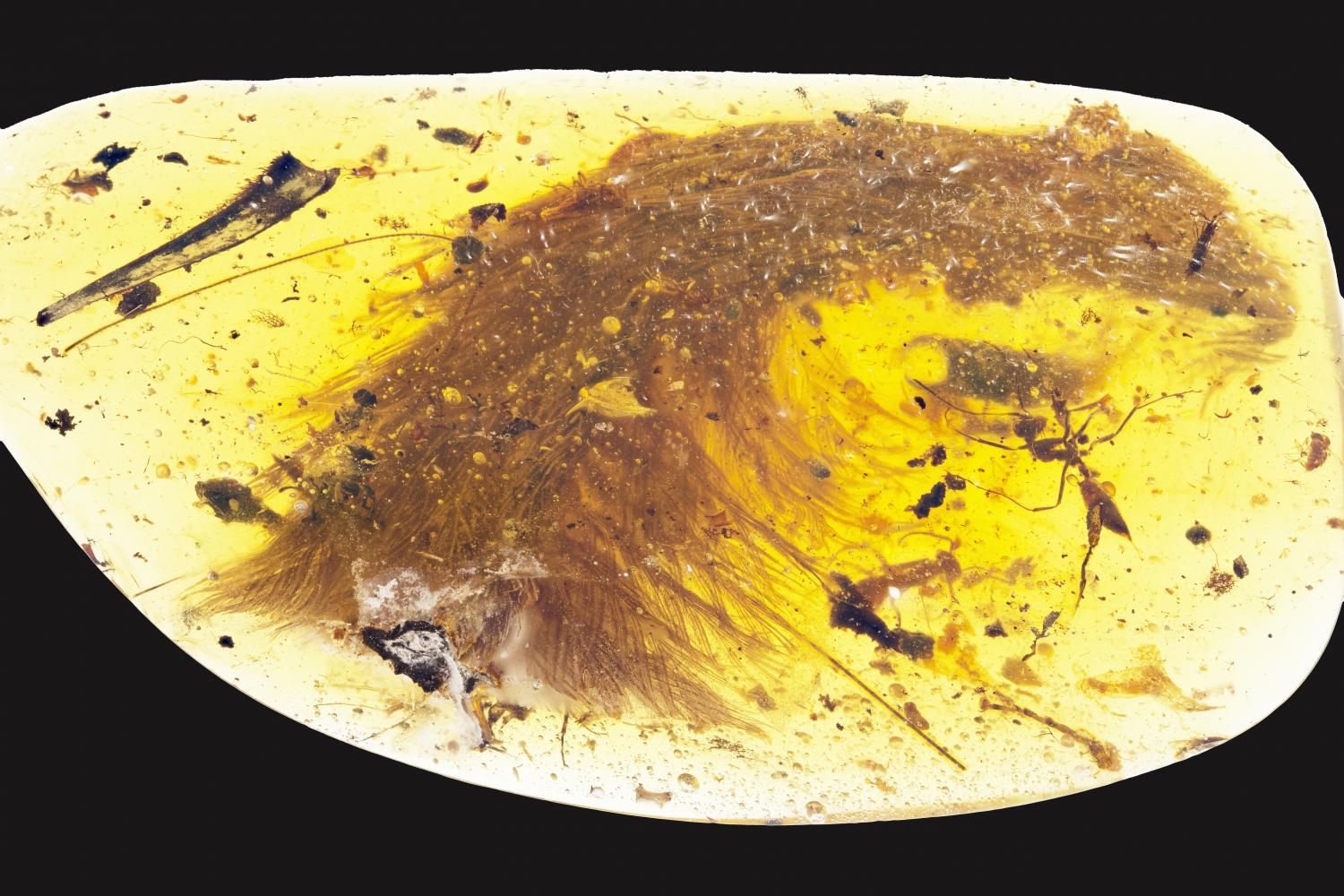
“Now we have both in the same piece of amber. That’s what it makes it so spectacular,” says McKellar. A paper describing the find, co-authored by McKellar, Xing and a team of Canadian, Chinese, and U.K. researchers, was published Thursday in the journal Current Biology.
The researchers have used both computerized tomography and microscopy to examine the tail and its feathers. They can with some certainty say that they come from a young dinosaur because the vertebrae of the tail do not look like that of modern birds or their early relatives. The analysis shows that the soft tissue layer around the bones retained traces of ferrous iron, probably a relic left over from hemoglobin that was also trapped in the sample.
The finding has also been able to clarify a lot about how feathers have evolved through history – from the time of the dinosaurs, until today.
Many different types of feathers developed with evolution, some that enabled flight, others that are believed to function as temperature shielding, as first evolved to insulate against the cold.
Only later feathers became a concept that would enable flight and new finding demonstrates how this evolution could have progressed.
Reference:
Lida Xing et al, 2016. A Feathered Dinosaur Tail with Primitive Plumage Trapped in Mid-Cretaceous Amber. Current biology. DOI: 10.1016/j.cub.2016.10.008

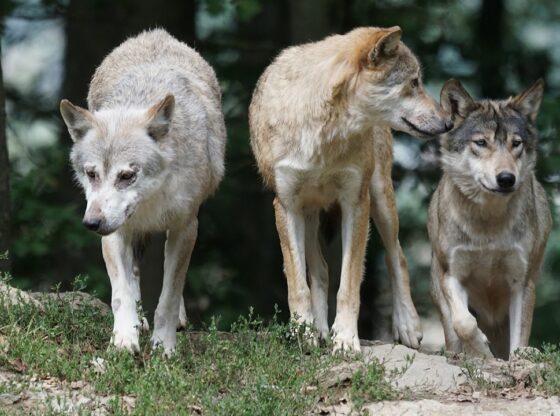
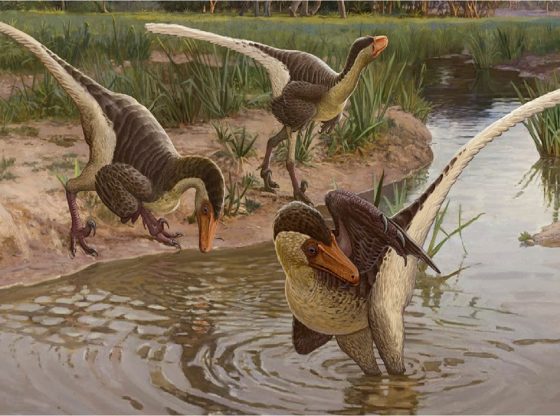


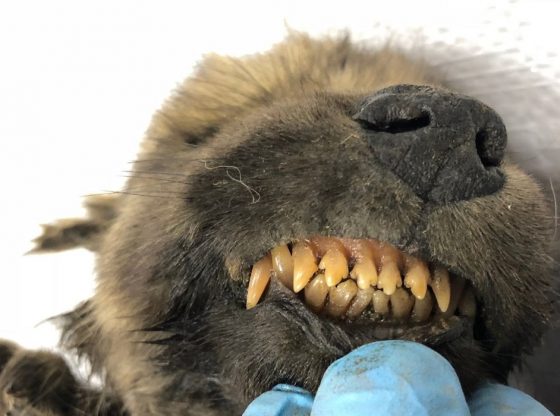
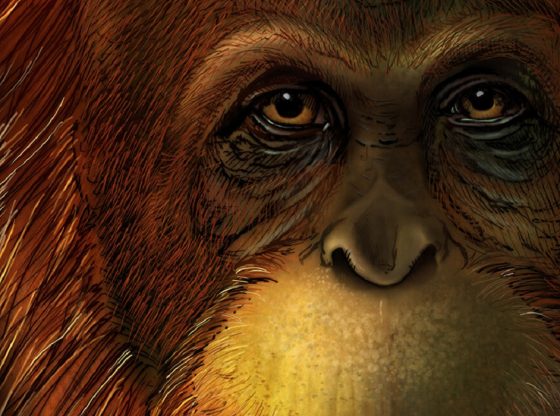
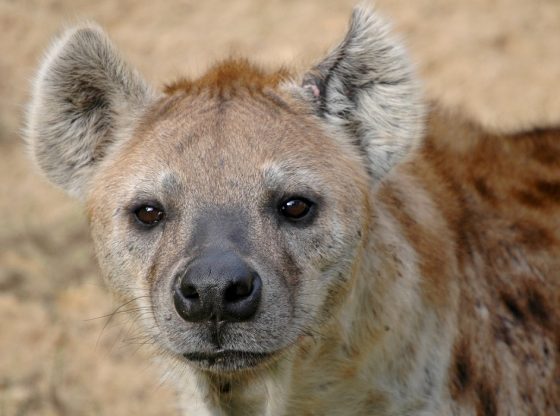
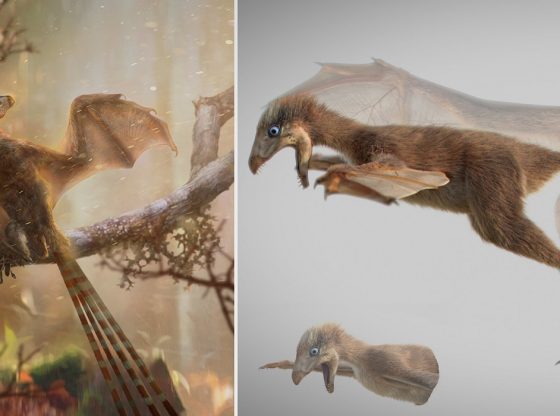
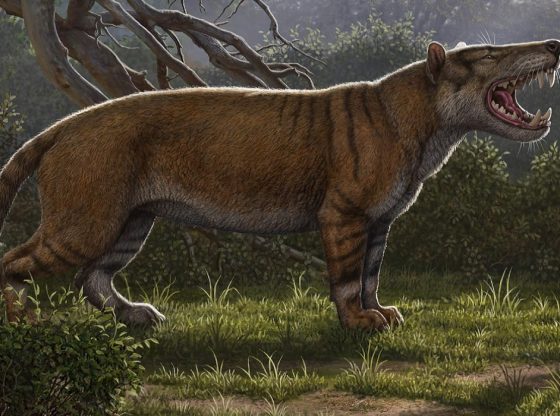

![OpenAI. (2025). ChatGPT [Large language model]. https://chatgpt.com](https://www.illustratedcuriosity.com/files/media/55136/b1b0b614-5b72-486c-901d-ff244549d67a-350x260.webp)
![OpenAI. (2025). ChatGPT [Large language model]. https://chatgpt.com](https://www.illustratedcuriosity.com/files/media/55124/79bc18fa-f616-4951-856f-cc724ad5d497-350x260.webp)
![OpenAI. (2025). ChatGPT [Large language model]. https://chatgpt.com](https://www.illustratedcuriosity.com/files/media/55099/2638a982-b4de-4913-8a1c-1479df352bf3-350x260.webp)








